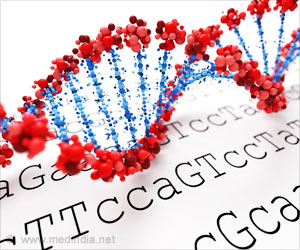UMN researchers have used 3D technology to identify optimal stem cells for transplantation. The new technique holds answers for muscular dystrophy patients.

‘Scientists have identified the role of stem cells in aging and muscular dystrophy, and treatments in the future. ’





For many stem cells, such as bone marrow and neural stem cells, for example, the area known as vascular niche has been well studied. However, that has not been the case for muscle stem cells, until now. Atsushi Asakura, PhD, Associate Professor in the Department of Neurology, University of Minnesota Medical School and Mayank Verma, PhD, medical student at the University of Minnesota found a way to study this stem cell niche, as explained in their paper "Muscle Satellite Cell Cross-Talk with a Vascular Niche maintains quiescence via VEGF and Notch Signaling" recently published in Cell Stem Cell. Verma and Asakura studied the stem cells and blood vessels in large volumes in three dimensions using methods developed in the lab. This is the first time that imaging such as this has been applied so that the interaction between the two populations could be looked at from all different levels in a large number of cells. This showed them that a subset of these stem cells were located close to the blood vessels and were likely to be the more potent stem cell population in the muscles that are maintained in the long run.
The University Imaging Centers were very instrumental in the development of the imaging techniques as well as the analysis of the data which allowed researchers to view the satellite cells and blood vessels in new and groundbreaking ways.
Source-Eurekalert











